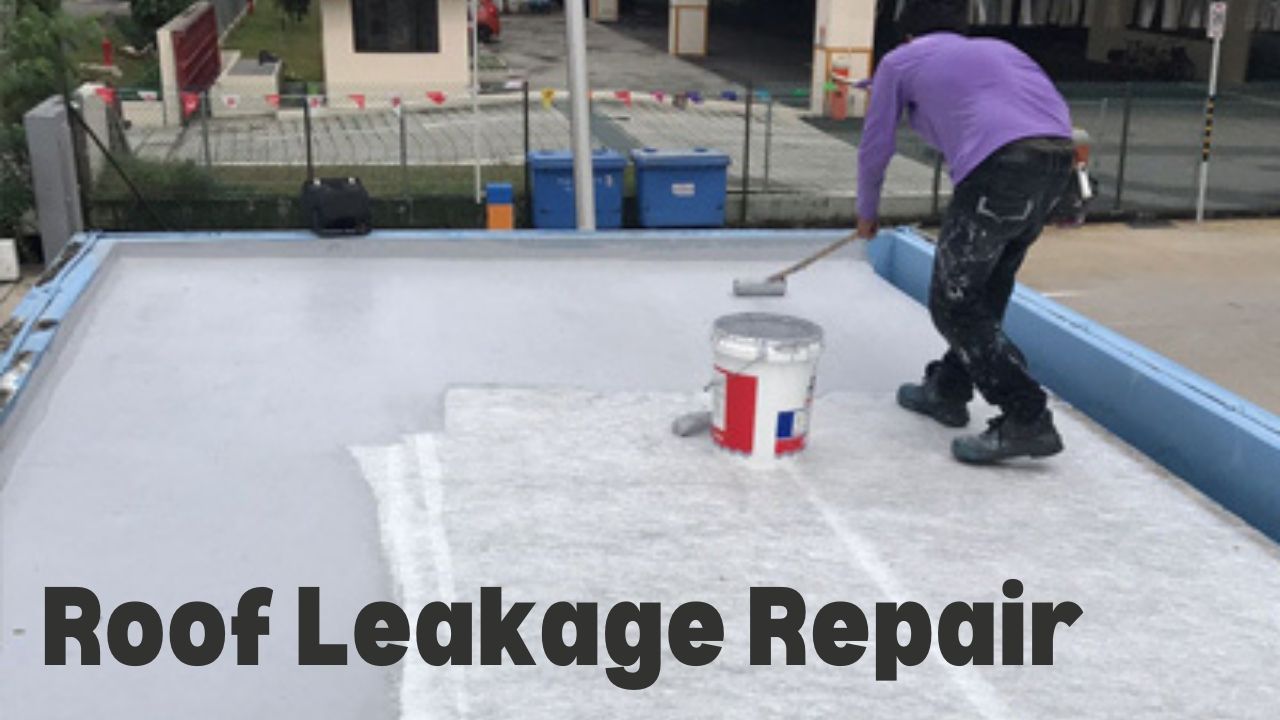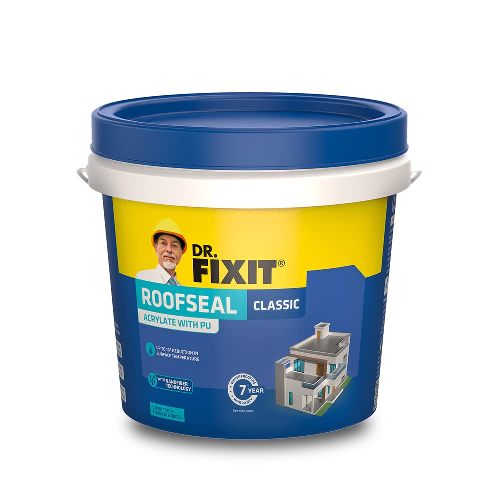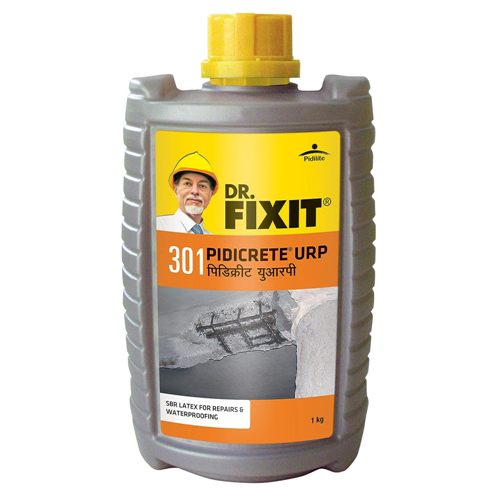Table of Contents
Problems arising when Roof Leakage Repair is ignored
Roof leakage repair is far more difficult and expensive to repair than any water tank leakage problem and can lead to several big problems for your house. Let’s break them down in simple terms:
- Damage to the Ceiling: When your roof leaks in heavy rain, the water can drip down and damage your ceiling. It’s like having a big, wet spot on your ceiling. This can make the ceiling plaster (the stuff covering the ceiling) swell up and cause the paint to peel off.
- Impact on Electrical Fixtures: Sometimes, your house has things like lights and fans attached to the ceiling. When water leaks from the roof, it can reach these fixtures, and that’s dangerous! Water and electricity don’t mix well. It can cause short circuits, which are like electrical hiccups that can damage your electrical stuff.
- Water Intrusion into Walls: The water from a leaking roof doesn’t always stay in one place. It can sneak into the walls of your house. This can lead to seepage, which means the walls start to get wet and damp. Imagine having a wet wall inside your house; that’s not good!
- Mold and Mildew Growth: If your walls and ceilings get wet from a leaky roof, they become a perfect spot for something called mold and mildew to grow. These are like tiny plants that you can’t see, but they can make you sick! They can cause allergies, asthma, and other breathing problems.
- Foundation Damage: The foundation is like the base or the feet of your house. If water keeps sneaking in from the roof and reaches the foundation, it can damage it. Fixing a damaged foundation is super expensive and tricky.
- Structural Integrity Concerns: “Structural integrity” sounds like a big, fancy word, but it means how strong and stable your house is. A leaking roof can weaken the structure of your house over time. That’s not safe because you want your home to be strong and sturdy.
So, you see, fixing a roof leakage isn’t just about stopping the water from dripping inside; it’s about keeping your house safe and sound, especially during roof leaks in heavy rain.
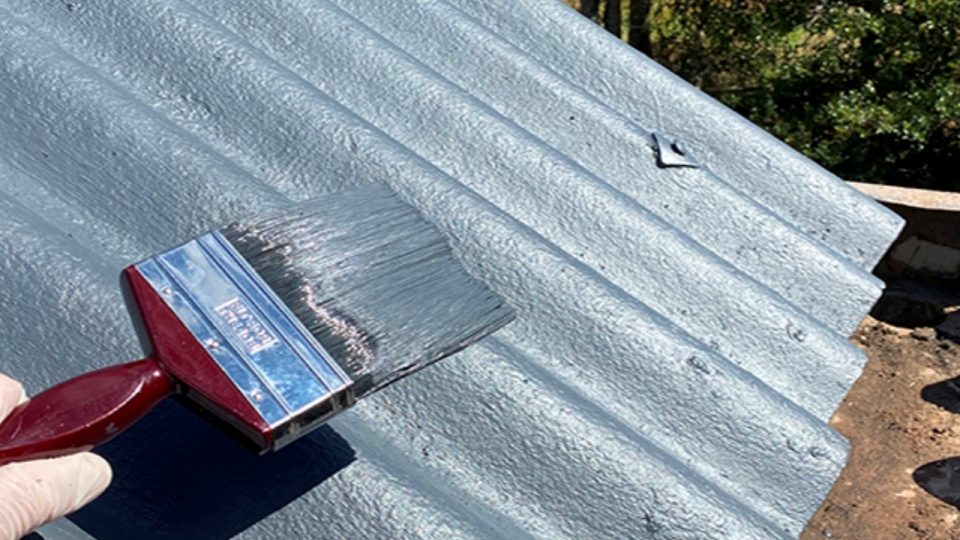
Roof Leakage Solutions & Ceiling Leakage Solution
How to Stop water Leakage from Roof?
Roof leakage treatment: To stop water leakage from roof, you need to follow some steps. First, find the exact spot where the roof is leaking. Look for water stains or black spots on your ceiling, as the leak is usually directly above these signs. If your roof doesn’t have a proper slope for water drainage, it can lead to clogging and leaks.
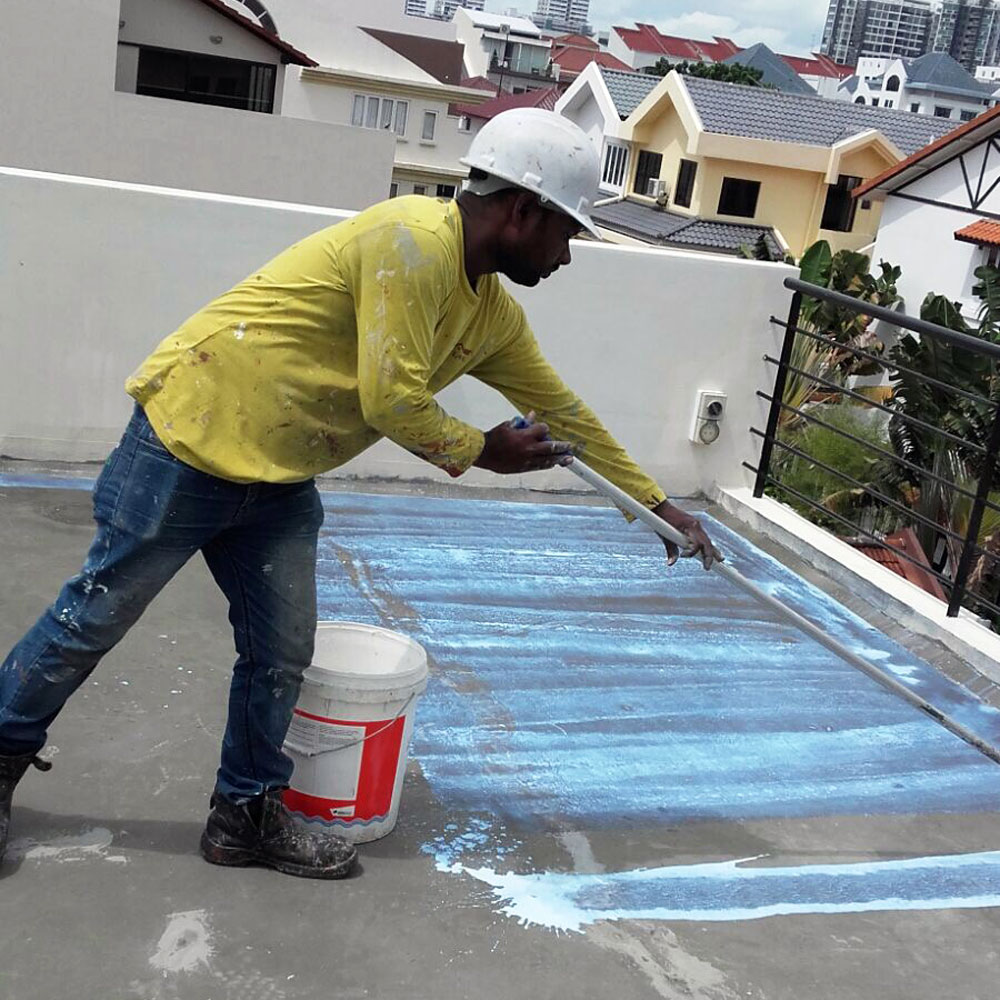
If you’re having trouble pinpointing the leak, consider waterproofing your entire roof. Many roof waterproofing products like Dr. Fixit can be effective for this. Start by cleaning and drying the roof’s surface. Then, repair any cracks or damages on the roof before applying the roof waterproofing solution. Products like Dr. Fixit Newcoat and Dr. Fixit Torchshield are ideal for this purpose. Follow the product instructions carefully, allowing the appropriate time between each coat. These roof waterproofing solutions are resistant to mold, mildew, and environmental factors, making them a reliable choice for roof leakage prevention.
💡 Affiliate Disclosure:
Some of the links in this post are affiliate links. This means if you click on the link and purchase any item, i will receive affiliate commission on qualifying purchases at no extra cost to you.
Link to our Affiliate Disclosure Page: https://www.sellersbay.in/affiliate-disclosure/
How To Stop Water Leakage from Asbestos Roof?
To stop water leakage from asbestos roof and get a long lasting roofing sheet leakage solution, follow these steps:
Step #1: Find the damaged area: Identify the spot where the asbestos roof is leaking. Look for water stains, black spots, or any signs of water damage on the ceiling below; this can help you pinpoint the location.
Step #2: Stop the leakage: Once you’ve located the damaged area, remove anything covering the crack or damage. Ensure the area is clean and dry.
Step #3: Replace the asbestos sheet: Carefully remove the damaged asbestos sheet and replace it with a new one. Be cautious when handling asbestos, as it can be hazardous to health. Follow safety guidelines and regulations.
Step #4: Apply mortar: Apply mortar or a suitable sealant to the area around the replacement sheet to create a waterproof seal. Ensure that the mortar is applied evenly and covers the entire damaged area.
Step #5: Seal with waterproof paint coating: To provide added protection and prevent future leaks, apply a waterproof paint coating over the repaired section. This will help keep your asbestos roof watertight.
By following these steps, you can effectively stop water leakage from an asbestos roof and maintain a dry and safe environment in your building.
Another quick and instant solution for asbestos sheet roof leakage problem. Check the video below:
Concrete Roof leaks in heavy rain
How to stop water leakage from cement sheet roof
Here are the important steps on how to stop water leakage from a cement sheet roof:
Step #1: Locate the Leak: Inspect the roof to identify the exact spot where the leakage is occurring.
Step #2: Clean the Area: Remove any dirt, debris, or mold around the crack or leakage area using sandpaper or a brush.
Step #3: Apply Water-Resistant Patch: Use a water-resistant patch or sealant and apply it to the crack on the cement sheet roof.
Step #4: Seal Edges with Tape: To ensure a secure seal, add tape to the edges of the patch, sealing it tightly.
Step #5: Finish with Waterproof Coating: To provide additional protection, apply a layer of waterproof coating over the patched area.
These steps should help you effectively stop water leakage from a cement sheet roof.
Permanent Solution for Roof Leakage
A permanent solution for roof leakage involves thorough repair and waterproofing measures to ensure long-lasting protection. Here are the steps for a permanent water proofing solution to such roof leakage problems:

Step #1: Roof Inspection: Start inspecting your roof for any structural damage, such as cracked or missing hooks, damaged joints, or deteriorated sealant near joints.
Step #2: Locate the Leak: Identify the exact location of the roof leak. Look for water stains, mold, or any visible signs of water intrusion inside your home. The leak is typically directly above these signs.
Step #3: Repair Roof Damage: Repair any damaged or deteriorated roofing materials. Replace missing or damaged shingles, fix broken flashing, and seal any cracks or gaps.
Step #4: Waterproofing: Consider Applying a high-quality waterproofing product such as Dr. fixit to your entire roof surface. Or choose a reliable waterproofing product that can withstand the harsh sunlight, heavy rains and also resistant to UV rays, mold, mildew, and other environmental factors.
Step #5: Surface Preparation: the roof surface should be properly cleaned and dried before applying the waterproofing product. Clean the surface properly, there should not be any dirt and dust which can spoil the coating.
Step #6: Seal Cracks and Gaps: Before waterproofing, seal all cracks, gaps, or joints on the roof surface to prevent water infiltration.
Step #7: Apply Waterproofing Coating: Follow the manufacturer’s instructions to apply the waterproofing product evenly across the roof surface. Some popular brands offer effective waterproofing solutions for roofs.
Step #8: Multiple Coats: It is a common practice to apply multiple coats of the waterproofing product. Check manufacturer instructions and apply multiple coats accordingly.
Step #9: Professional Help: While some homeowners can perform these tasks themselves, it’s advisable to consult with a professional roofing contractor for a more comprehensive and expert waterproofing job.
Step #10: Regular Maintenance: To ensure the permanent solution lasts, perform regular roof maintenance, including inspections and cleaning.
By following these steps and investing in proper roof repair and waterproofing, you can achieve a long-term solution for roof leakage and protect your home from water damage.
Best solution for water leakage from roof
One reliable option for fixing water leakage from roof is to use high-quality waterproofing products specifically designed for roofs, such as Dr. Fixit or Fixit Newcoat. These products can provide a long-lasting and effective solution to prevent roof leaks. Additionally, addressing any visible cracks or damages on the roof’s surface before applying the waterproofing solution is essential for a permanent fix.
How to stop water leakage from concrete roof
Proper water proofing treatment for roof is required to stop water leakage from concrete roof especially for old roof waterproofing. First of all, the concrete roof must be checked for any cracks and gaps or broken tiles. Than it should be cleaned thoroughly for loosely held debris and dirt. Before applying any waterproofing coat, repair the cracks and gaps by filling white cement. The concrete roof is then left to get dried. This dried concrete roof is coated with a mixture of White cement and Dr Fixit Waterproofing Coat. Refer to the videos below for concrete roof leakage solution:
How to Stop water Leakage from Terrace
Terrace Waterproofing with White cement and Dr fixit, check the video given below
Conclusion – Roof Leakage Solutions & Ceiling Leakage Solution
In conclusion, addressing water leakage from your roof is essential to safeguard your home from potential damage and health concerns. Whether you’re dealing with concrete, asbestos, or cement sheet roofs, the key lies in promptly identifying the source of the roof leakage and taking appropriate measures. From patching up cracks to applying waterproof coatings, these practical solutions can help you maintain a dry and secure living space.
Regular inspections and proactive maintenance are crucial for preventing long-term issues with roof leakage and ensuring the longevity of your roof. By following these guidelines and staying active, you can effectively stop roof leakage problem and preserve the peace of your home.
Affiliate Disclosure
Some of the links in this post are affiliate links. This means if you click on the link and purchase any item, I will receive affiliate commission on qualifying purchases at no extra cost to you.


